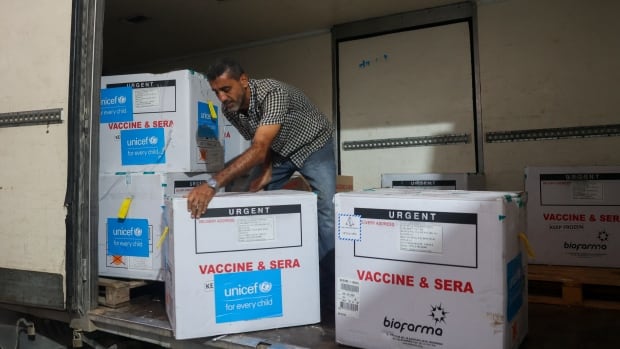Global Polio Eradication and Vaccine Strategy
Introduction to Polio and its Impact
Polio, a highly infectious viral disease, primarily affects children under five, leading to irreversible paralysis and sometimes death. Although cases have decreased by 99% worldwide due to extensive vaccination campaigns, the disease persists in a few countries, posing a risk of resurgence. Polio prevention efforts focus on strategic vaccination, surveillance, and public health responses to potential outbreaks.

Understanding Polio Vaccines
Types of Polio Vaccines
There are two main types of polio vaccines essential to global eradication efforts:
- Inactivated Polio Vaccine (IPV): Given via injection, IPV uses an inactivated virus and induces immunity without causing infection. It’s integral to national immunization programs as it boosts immunity in vaccinated individuals, helping prevent the virus from spreading.
- Oral Polio Vaccine (OPV): OPV contains weakened but live poliovirus, stimulating intestinal immunity, which blocks transmission within communities. While highly effective, OPV occasionally leads to vaccine-derived poliovirus (VDPV) in areas with low immunization coverage.
Why Both Vaccines are Necessary
Combining IPV and OPV has proven essential to polio eradication as IPV provides immunity without causing infection, while OPV limits person-to-person spread, protecting communities. This dual approach prevents both wild and vaccine-derived strains of poliovirus from circulating.

Key Strategies for Eradicating Polio
Vaccine-Driven Immunization Campaigns
Mass immunization campaigns are at the core of eradication efforts, especially in polio-endemic regions. These campaigns are often conducted door-to-door, ensuring all children receive the vaccine. Even regions with minimal cases must maintain high immunization coverage to prevent outbreaks from imported cases or vaccine-derived strains.
Surveillance and Outbreak Preparedness
Robust global surveillance systems detect both wild and vaccine-derived polio cases, identifying areas at risk of outbreak. Environmental monitoring, which involves testing sewage for poliovirus, is essential for tracking virus transmission in communities.
Emergency Response to Outbreaks
When cases are detected, rapid response teams conduct intense immunization drives, often aiming for total saturation in the affected region. These efforts are coordinated with international health agencies, providing resources and technical support to stop outbreaks quickly.
Challenges to Global Polio Eradication
- Vaccine-Derived Poliovirus (VDPV): In areas with low vaccination rates, vaccine-derived strains of polio can spread, causing outbreaks. Strategies to address this include updating OPV to reduce VDPV risks and increasing IPV use to strengthen immunity.
- Conflict and Inaccessibility: War zones and hard-to-reach areas hinder vaccination teams, leaving pockets of unvaccinated populations vulnerable to outbreaks. International efforts continue to find solutions for safe and secure immunization in these areas.
- Public Hesitancy and Misinformation: Misconceptions about vaccines persist, which can lead to vaccine hesitancy. Public health campaigns focusing on education and community engagement are crucial to dispel myths and encourage widespread immunization.
Current Progress and Future Goals
The Global Polio Eradication Initiative (GPEI) collaborates with local governments and organizations, ensuring steady progress through funding and technical support. Targeted campaigns, especially in Afghanistan and Pakistan, are critical as these are the last strongholds of wild poliovirus. With adequate resources and commitment, eradication could be achievable in the coming years.

Conclusion: The Path to a Polio-Free World
The final steps toward eradicating polio involve sustained vaccination efforts, heightened surveillance, and quick outbreak responses. With the ongoing commitment of global health bodies, governments, and communities, a polio-free world is within reach.






